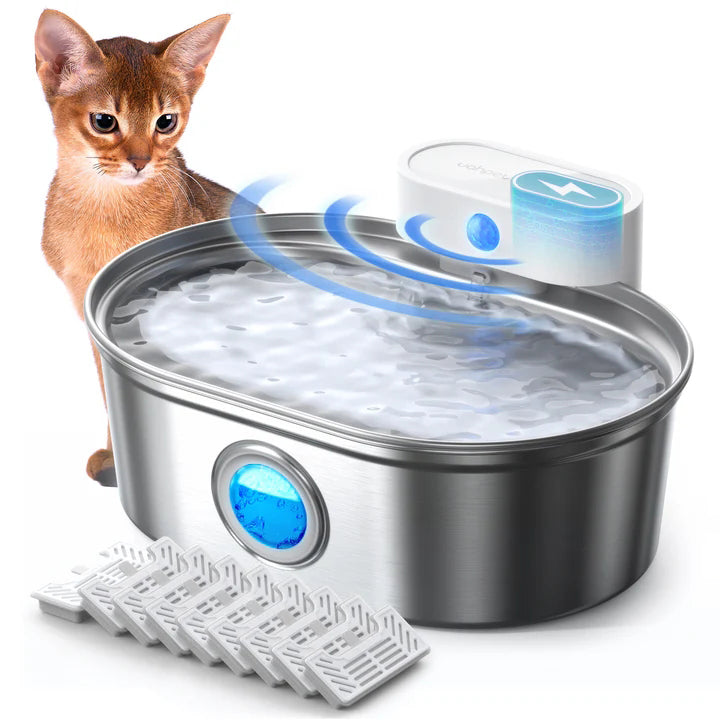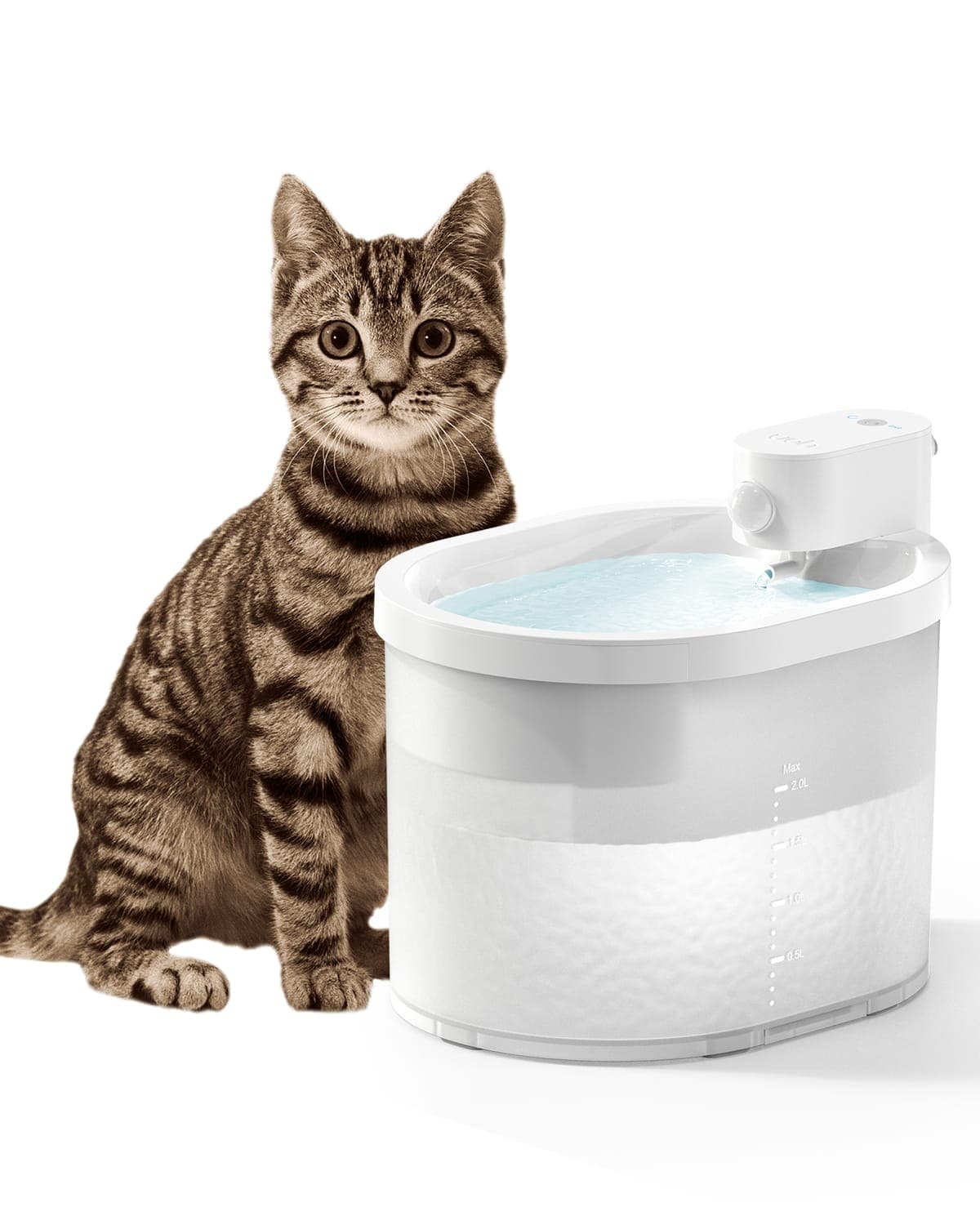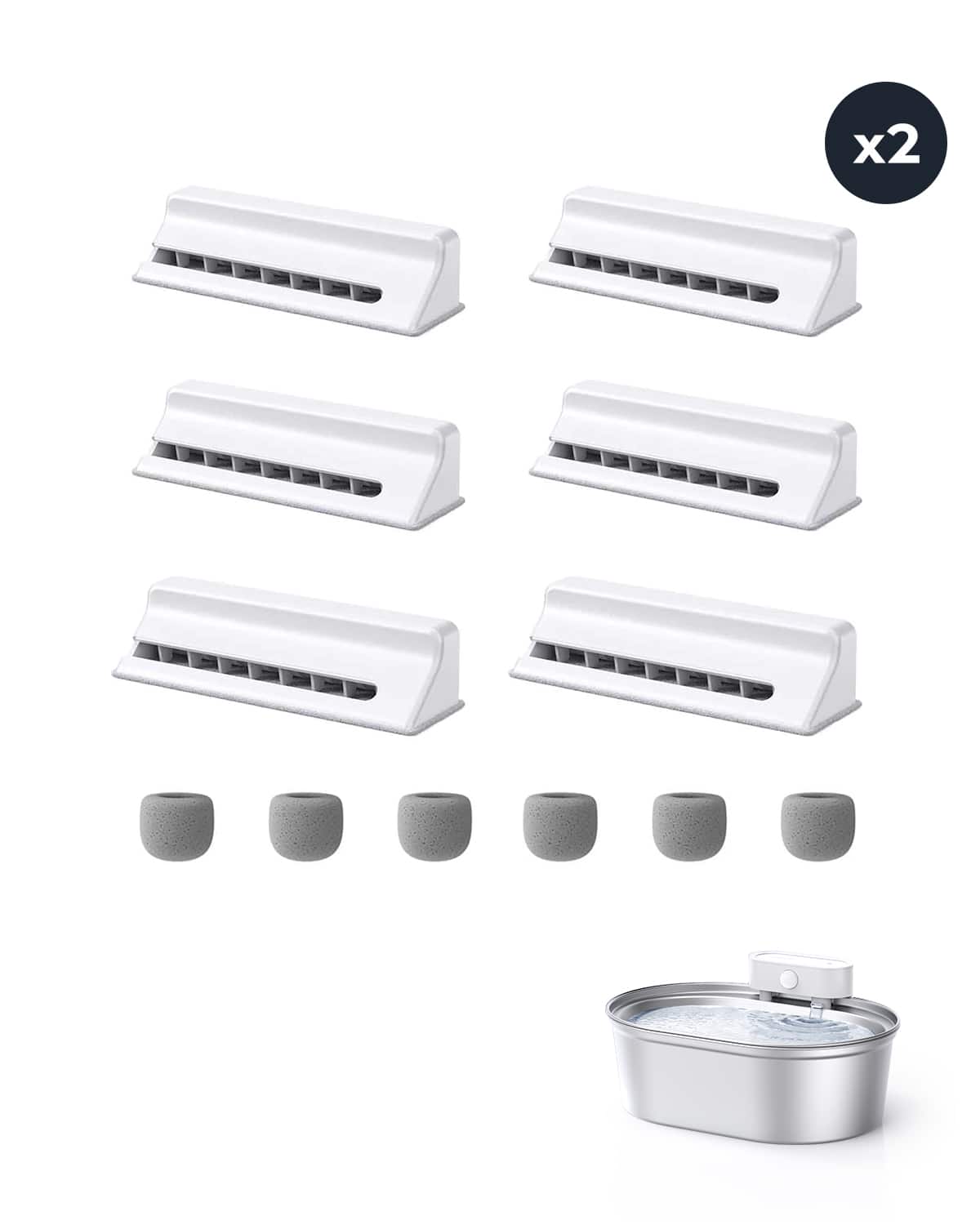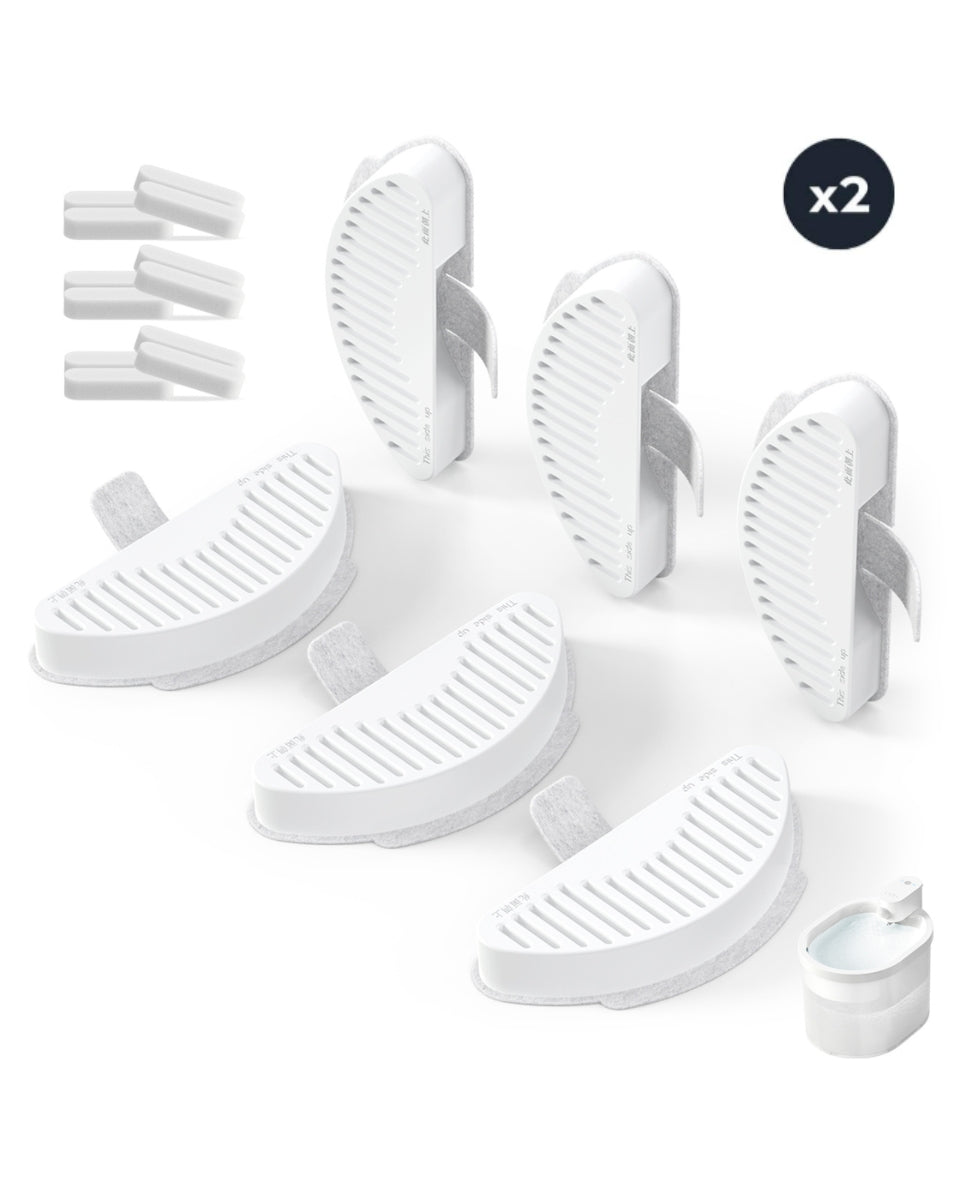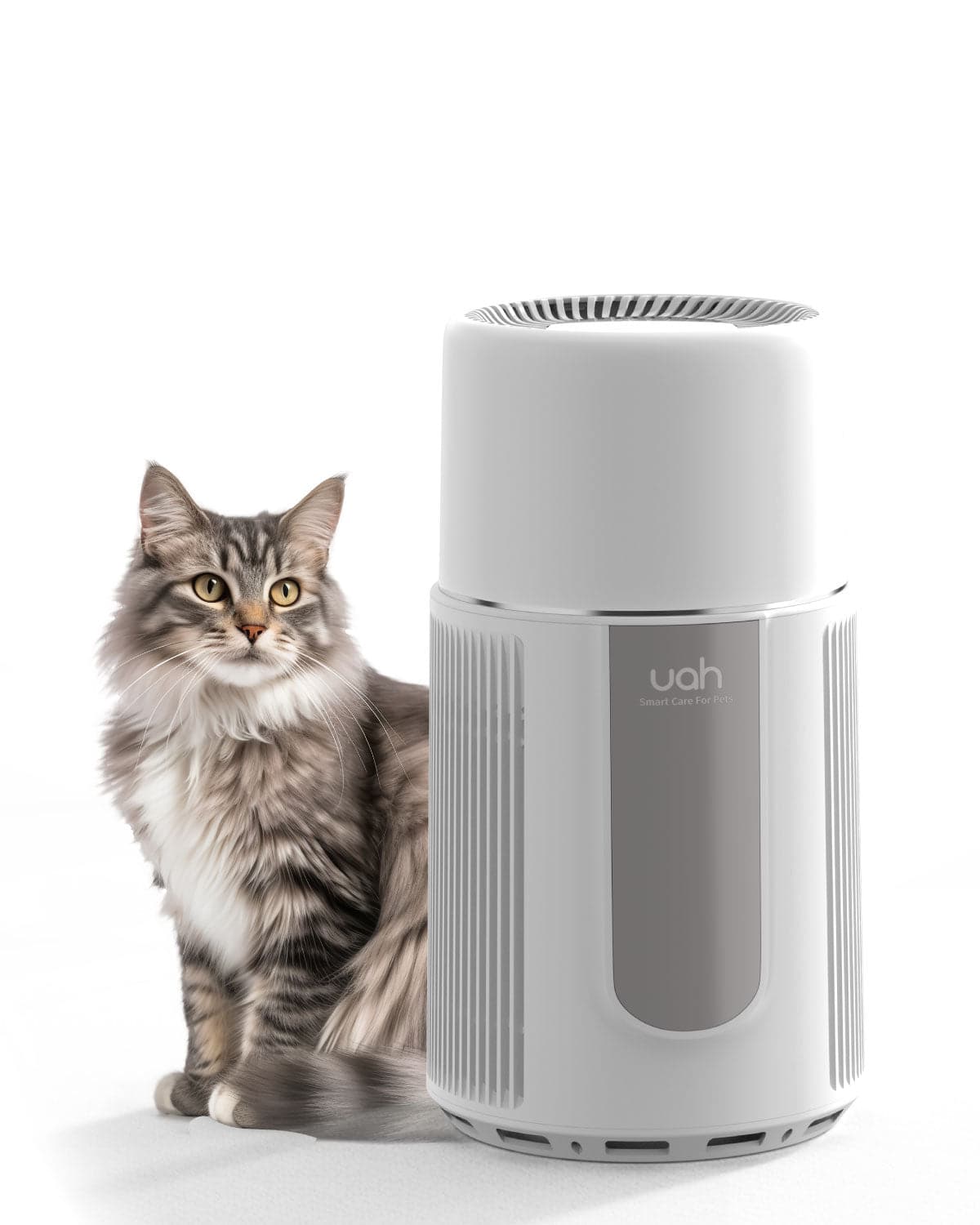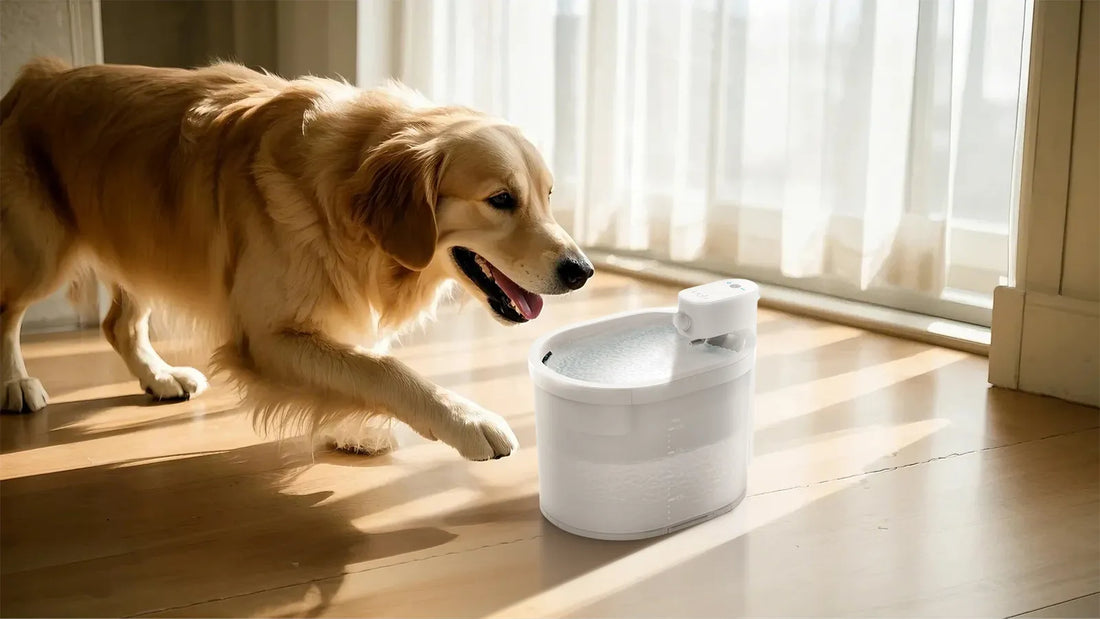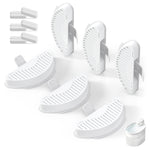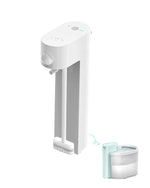If you've noticed that your dog is drinking a lot of water and peeing a lot, it's natural to feel concerned. While increased thirst and urination can sometimes be harmless, they may also signal underlying health issues. Understanding the possible causes and knowing when to consult a veterinarian is crucial for your pet's well-being.
Common Causes of Excessive Thirst and Urination in Dogs
There are several reasons why your dog might be drinking more water and urinating frequently. Some of the most common causes include:
- Dehydration: Hot weather, increased activity, or a lack of access to fresh water can lead to dehydration, prompting your dog to drink more.
- Dietary Changes: A sudden switch to a high-sodium diet can increase thirst and urination.
- Medications: Certain medications, such as diuretics or steroids, can cause these symptoms.
- Behavioral Factors: Anxiety or boredom may lead to excessive drinking.
Health Conditions Linked to Increased Thirst and Urination
In some cases, excessive thirst and urination can be signs of more serious health conditions. These include:
- Diabetes Mellitus: This condition affects the body's ability to regulate blood sugar, leading to increased thirst and urination.
- Kidney Disease: Impaired kidney function can result in the body retaining more water, causing frequent urination and thirst.
- Cushing's Disease: This hormonal disorder leads to an overproduction of cortisol, which can cause these symptoms.
- Urinary Tract Infections (UTIs): Infections in the urinary tract can cause discomfort and increased urination.
When to Seek Veterinary Care
If your dog's excessive drinking and urination persist for more than a day or two, or if you notice other symptoms such as lethargy, weight loss, or changes in appetite, it's important to consult a veterinarian. Early diagnosis and treatment can prevent complications and improve your dog's quality of life.
Diagnostic Tests Your Vet May Recommend
To determine the cause of your dog's symptoms, your veterinarian may recommend the following tests:
- Blood Tests: These can help identify conditions like diabetes or kidney disease.
- Urinalysis: This test can detect infections or abnormalities in the urine.
- Imaging: X-rays or ultrasounds may be used to examine the kidneys and bladder.
How to Manage Your Dog's Symptoms at Home
While veterinary care is essential, there are steps you can take at home to support your dog:
- Monitor Water Intake: Keep track of how much water your dog is drinking daily.
- Provide a Balanced Diet: Ensure your dog's diet is low in sodium and free from harmful additives.
- Encourage Regular Exercise: Physical activity can help regulate your dog's metabolism and hydration levels.
Preventing Excessive Thirst and Urination in Dogs
Prevention is always better than cure. Here are some tips to help keep your dog healthy:
- Regular Check-ups: Routine veterinary visits can catch potential issues early.
- Proper Hydration: Always provide fresh, clean water for your dog.
- Healthy Lifestyle: Maintain a balanced diet and regular exercise routine for your pet.
If your dog is drinking a lot of water and peeing a lot, don't ignore the signs. Understanding the potential causes and seeking timely veterinary care can make all the difference in your pet's health. Stay proactive and ensure your furry friend gets the attention they deserve.

